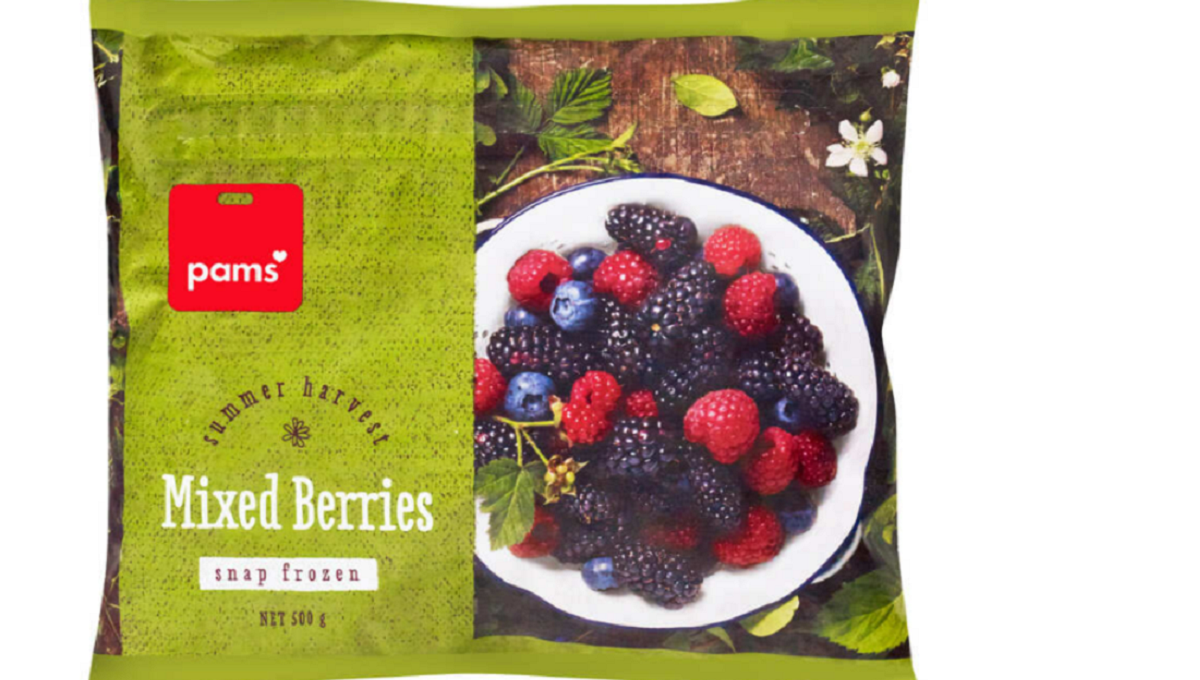
An outbreak of hepatitis A in New Zealand linked to imported frozen berries is continuing to grow.
There are now 21 hepatitis A infections from eating frozen berries since late June. Seventeen have been linked by genetic sequencing, meaning they were likely exposed to the same source of the virus. Nine people have been hospitalized. The Ministry for Primary Industries (MPI) was informed by the Ministry of Health of three hepatitis A cases in September.
All patients have reported consumption of uncooked imported frozen berries.
Foodstuffs Own Brands has recalled various Pams brand frozen berry products because of a possible link to the hepatitis A cases. Products have been removed from New World, Pak’n Save and Four Square shops nationwide, and from Trents and Raeward Fresh stores in the South Island.
All batches and dates of Pams brand Mixed Berries 500-gram, Two Berry Mix 1-kilogram and 750-gram, Smoothie Berry Mix 500-gram, and raspberries 500-gram and 350-gram are involved.
New Zealand is heading toward the summer months when more frozen berries are likely to be consumed.
Suspicion on berries from Serbia
The virus in New Zealand is a genetic match to one which caused illness in Sweden in 2020 and 2021. This incident was linked to frozen berries from Serbia. Products recalled in New Zealand contain berries from Serbia.
Product testing by the Institute of Environmental Science and Research (ESR) has not yet identified any hepatitis A virus.
Other frozen berry importers have placed on hold products that can be traced back to Serbia while the investigation continues.
Hepatitis A virus is inactivated by heating to above 85 degrees C (185 degrees F) for one minute. Washing frozen berries will not destroy the virus.
The virus is spread when someone ingests the virus through close contact with an infected person, or by having contaminated food or drinks. Symptoms include inflammation of the liver, fever, low appetite, nausea, vomiting, diarrhea, muscle aches, and yellowing in the whites of the eyes and the skin (jaundice). The time from being infected with the hepatitis A virus to becoming ill can range from two to seven weeks and symptoms usually last less than two months.
(To sign up for a free subscription to Food Safety News, click here)
